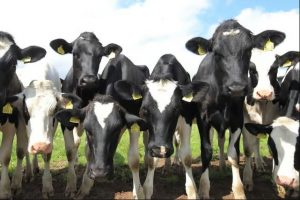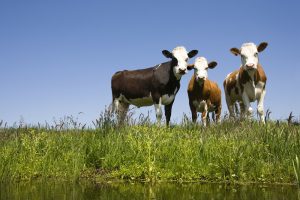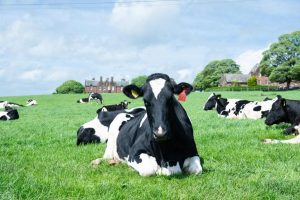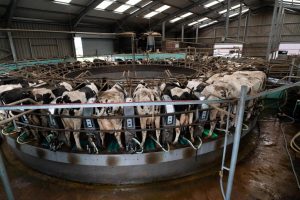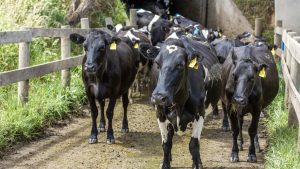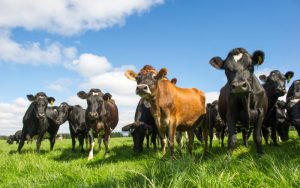
The Animal Health and Welfare Pathway is a long-term, project partnership, co-designed by government and industry, across cattle (beef and dairy), sheep, pig and poultry (layer and broiler) sectors to support continual improvement in health and welfare. The first of four steps will launch in Spring 2022 to provide farmers in England with a fully funded vet visit.
Pathway benefits for farmers
Step 1: The annual health and welfare review
From Spring 2022, farmers can have a fully funded, annual farm visit, from their own vet for up to three years (to 2024). Initially available for cattle, sheep and pig farmers eligible for the Basic Payment Scheme (BPS) and who have more than 10 cattle, 20 sheep or 50 pigs. Industry agreed payment rates, per review, include testing for priority diseases.

Step 2: Capital grants
From late 2022, farmers can apply for grants to co-fund capital investments that support key health and welfare priorities. Farmers will be able to agree with their vet the most appropriate investments for their farm and animals.
- Small grants – selected from a list of equipment and technology items
- Larger grants – for new housing, building upgrades and pasture improvements
Step 3: Disease eradication control programmes
From 2023, a financial support package will be available for farmers to prevent and reduce priority diseases.
Step 4: Payment-by-results
Payment-by-results will reward farmers who demonstrate high health and welfare outcomes in herds and flocks. Trials likely in 2023, with national roll out in 2025.
Cattle vet Jonathan Statham, who has worked with the team developing the Pathway says: “The Pathway is all about the farmer’s own vet working with the farmer on an individual farm basis. So, if you are sheep, cattle, pigs or mixed, if you are farm assured, if you are non-farm assured, we will have a format that covers your farm’s needs.”
The Animal Health and Welfare Pathway forms part of the Sustainable Farming Incentive (SFI) supporting:
- Sustainable food production founded on high welfare
- Disease prevention
- Antimicrobial resistance
- Reduced GHG emission




